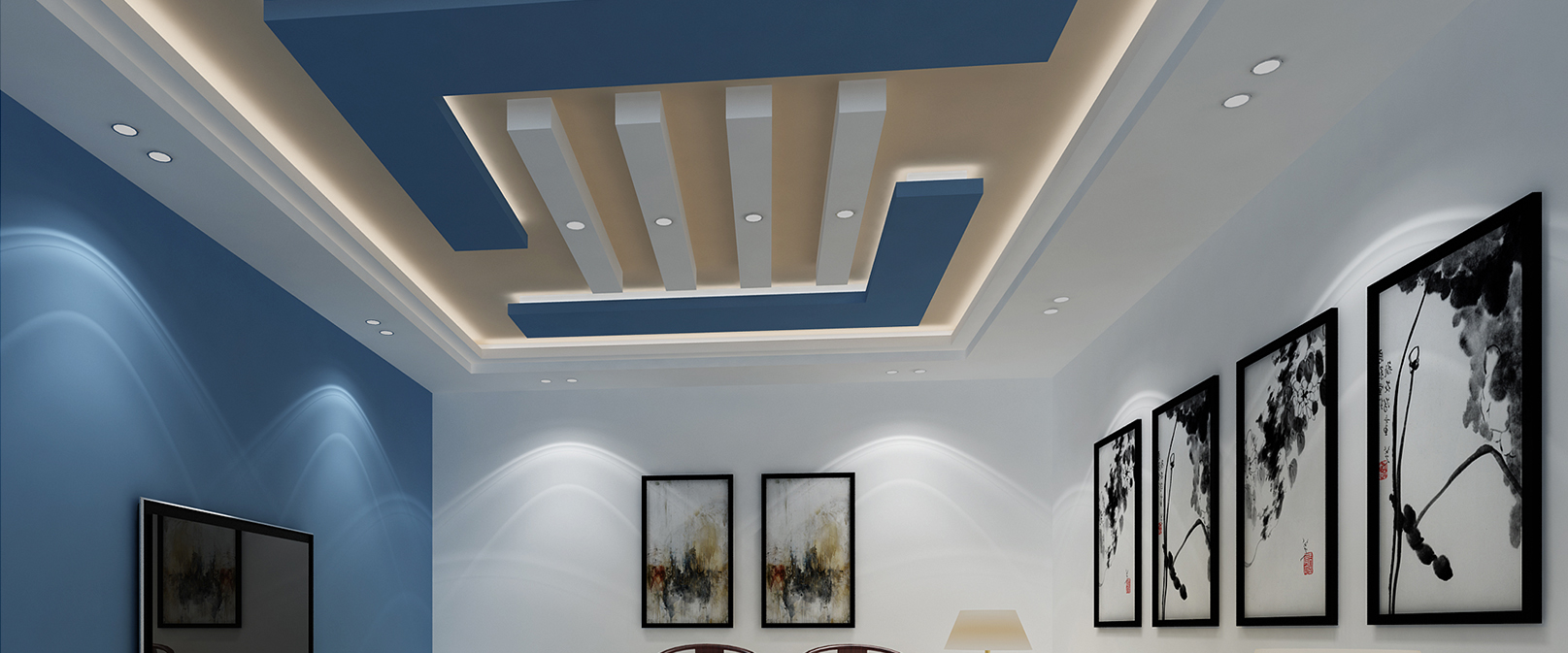Lighting control systems will save you both the time and money you need to light up your home by lighting up rooms that are occupied, leaving those that aren’t. Some of the lighting control systems include:
- Smart lighting Controls
Smart lighting controls let you control the lights in your home just by the touch of a button on your smart phone. You can customize the lights so that when you press the button on your smart phone while you are away, the lights in your home may alternate as if you are home. You can also turn on or off the lights of multiple rooms just with on touch.
Even more, you can control more than just the lights to your home. You can as well control the music using the smart lighting controls. Just by pressing the button, you can pause music, play it or turn the music system off. You can customize the lights in your theatre so that when you press the pause, the lights turn on; and when you press the play button, the lights turn off automatically.
 Dimmer controls
Dimmer controls
Dimmers are lighting controls that reduce the bulb’s wattage and output which then saves energy in your home. The dimmers also significantly increase the service life of your light bulbs. You should however know that the dimmers reduce the efficiency of the light bulbs even though they make them save energy in your home.
- Motion sensor controls
You can as well use the motion sensors to control security lighting in your home. When you install motion sensors on your door front, they will turn on the security lights when there’s motion. This way, you will be safe from stalkers. The motion sensors turn on the lights when there is motion by humans, animals or even approaching car, but turn the lights off as soon as the motion ceases. When you want to control the lighting of the security lights, motion sensors alone may not be enough. But when you combine the motion sensors controls with photosensors, then your security lights will operate just fine as they are supposed to.
- Occupancy sensors controls
Occupancy sensors are used to control indoor lightings. They automatically turn on the lights of the rooms that are occupied by a family member or family members. Soon after a room has been exited, they turn off the lights automatically. They save you from high utility bills by reducing the power consumption in your home. They only light the rooms occupied and leave those that aren’t. This saves you power and money you’d use to pay the utility bills. They also elongate the light bulbs life span.
- Photosensor controls
These controls are used to control the lighting of the outdoor lights such as the security lights. They detect the presence of daylight and automatically turn off the security lights. You don’t have to remember to turn off your security lights when you are leaving early in the morning for work.
- Timer controls
Timers are used to turn on or off the lights in your home at specific times. There are two types of timers: the manual timers and the in-wall programmable digital timers. Since there are seasons when you will experience longer days or longer nights, using timers alone as your lighting controls won’t be enough. You may need to use other controls such as photosensors especially if you want to control the lighting of the outdoor lights such as security lights.

